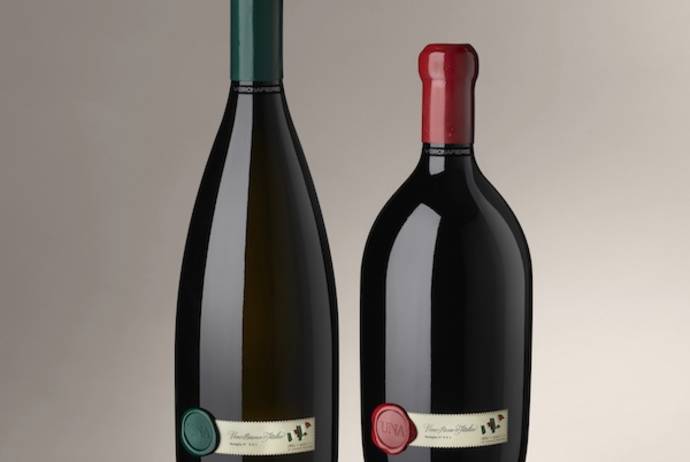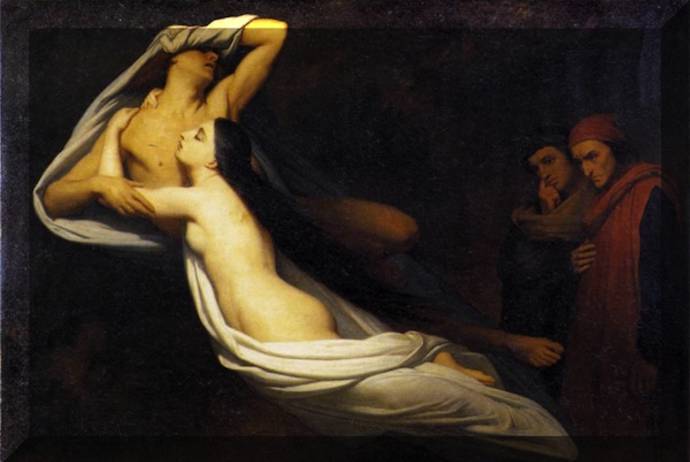@font-face {
font-family: "Cambria";
}p.MsoNormal, li.MsoNormal, div.MsoNormal { margin: 0cm 0cm 0.0001pt; font-size: 12pt; font-family: "Times New Roman"; }div.Section1 { page: Section1; } @font-face {
font-family: "Cambria";
}p.MsoNormal, li.MsoNormal, div.MsoNormal { margin: 0cm 0cm 0.0001pt; font-size: 12pt; font-family: "Times New Roman"; }div.Section1 { page: Section1; } @font-face {
font-family: "Cambria";
}p.MsoNormal, li.MsoNormal, div.MsoNormal { margin: 0cm 0cm 0.0001pt; font-size: 12pt; font-family: "Times New Roman"; }div.Section1 { page: Section1; }
@font-face {
font-family: "Cambria";
}p.MsoNormal, li.MsoNormal, div.MsoNormal { margin: 0cm 0cm 0.0001pt; font-size: 12pt; font-family: "Times New Roman"; }div.Section1 { page: Section1; }
While sipping a beer under an enormous, white, square beach umbrella, we wonder whether the gargantuan amphoras scattered around the room are actual historical relics or skillfully crafted copies. We linger on this thought for an instant, as our curiosity is soon captured by what is going on all around us. Distinguished gentlemen and their companions are enjoying glasses of champagne while waiting to be seated. Most of the tables are already full and the chatter, the laughter, the clinking of glasses and dishes are strong but not overpowering. The high ceiling is succeeding in its job of dissipating most of the noise, while still leaving jovial sounds in the background. On the back wall of the vast room an assortment of fresh, wide-eyed fish – shipped every morning from Greece, a waiter proudly informed us – seems to be scanning the scenery, as curious as we are about the various stories unfolding at the tables. We have arrived a bit early, and are waiting for the rest of our party of four at the bar.
The wait lasts just a few minutes: Sal and Lisa arrive as agreed at 7:15 sharp, not a minute later, impeccably dressed. While waiting for our table, we chat a bit and are struck by the remarkable ability of this couple to make us feel immediately at ease. They seem incapable of snobbism or self-celebration, though, knowing their accomplishments, one instantaneously realizes they would have good reason to be otherwise, after all Sal and Lisa are Salvatore and Lisa Salibello.
Salvatore "Sal" Salibello is the founder and managing partner of the accounting firm Salibello and Broder, @font-face {
font-family: "Cambria";
}p.MsoNormal, li.MsoNormal, div.MsoNormal { margin: 0cm 0cm 0.0001pt; font-size: 12pt; font-family: "Times New Roman"; }div.Section1 { page: Section1; } specialized in assisting small and medium-sized businesses and high net worth individuals. His commitment to foster the Italian culture is apparent when one considers his involvement with Italian-American associations: he is Executive VP of NIAF (National Italian American Foundation) and sits in the Advisory Board of NYU Casa Italiana Zerilli-Marimò.
His merits are recognized in Italy as well. He has been honored with the status of Cavaliere from the Order of Merit of the Republic of Italy, and on March 10 the Consul General of Italy will bestow yet another honor upon him: the status of Commendatore.
@font-face {
font-family: "Verdana";
}@font-face {
font-family: "Cambria";
}p.MsoNormal, li.MsoNormal, div.MsoNormal { margin: 0cm 0cm 0.0001pt; font-size: 12pt; font-family: "Times New Roman"; }div.Section1 { page: Section1; }
We eventually settle at a side table and, amongst servings of charred octopus and roasted fish, the interview soon becomes a pleasant conversation about Italian-Americans, their position in American society and what the future holds for them.
Salvatore, tell us about your life, your beginnings.
I was born in Brooklyn, my mother is from Palermo and my father was born in Brooklyn as well, though his parents came from Gaeta [on the coast between Rome and Naples]. I grew up in Brooklyn: I went to a Catholic school there and to university [Bachelor at San Francis College, MBA at Long Island University].
After college I went to work for Ernst & Young, and founded Salibello and Broder in 1978.
While growing up, did you ever feel discriminated against because of your Italian-American heritage, either at school or at work?
I would not use the word “discrimination,” but it happened that the kids of different ethnicities got the better assignments, that actually may be one of the reasons that prompted me to join NIAF.
What are the other reasons?
To preserve the Italian culture in the USA.
I assume you feel very close to Italian culture.
Yes, definitely. I think it is worth preserving and I want future generations to have the opportunity to appreciate it.
What do you think the main differences and similarities between Italian culture and Italian-American culture are?
There are many differences, but I like to focus on the similarities. I think that the main thing they have in common is that they both give great importance to family.
What about the Italian language? How did you learn to speak Italian so well? Did your parents consciously teach it to you because they wanted you to know the language of your ancestors, or did it just happen?
It wasn’t planned. This is how it happened: my parents had no money and neither did my grandparents, they were immigrants. We lived in a four-story brownstone. The first floor was my grandparents’, the second and third were occupied by tenants, and we lived on the top floor.
My grandparents never really learned English, because the community I lived in, Carroll Street in downtown Brooklyn, was mostly made up of Italian immigrants, so it wasn’t really necessary to speak English. However, my mother and father wanted to work outside the Italian community because there was very little work there, so they had to learn English and come to New York to work. What happened is that I would walk to and from school, and when I went home for lunch my parents would be at work so my grandparents would make lunch for me, and they would speak Italian, and that’s how I learned the Sicilian dialect.
And how did you learn proper Italian?
In 1978 I left Ernst&Young, and around 1979 or 1980 I got a call from a friend of mine who asked me if I was still looking for clients and if I wanted to have an interview with the Benetton family. I did not know who they were, and there was no Google. So, I went to the interview and they were speaking only Italian, but I hadn’t spoken Italian in over 10 years, because once my grandparents died there was no more need to speak Italian and we all spoke English. The Benettons are from Veneto, and had a heavy Venetian accent. They thought I was from Mars, there was no way we could understand each other’s Italian! But they liked me and became my clients and since then I started to work with more and more Italian companies – such as Ferrero or Italcable - so I had to refine my Italian.
I remember you were really satisfied with the reinstatement of the AP Italian Program. Why, in your opinion, should an American learn Italian?
I think that if someone pursues the Italian language, they have to do it strictly from a cultural point of view. It’s not going be used commercially. You have to have a passion, feel the romance of what that country has to offer, otherwise it’s not appealing: you cannot use it for business.
What about NIAF? How did you get close to this association?
Back in 1989, one of the Presidents came to me and asked me to host a Gala in New York. Rudy Giuliani was our honoree that night. We spent a beautiful night at the Waldorf-Astoria, and Giuliani was presented with an award, which is how it got started. Then I began to go to Washington and got involved in the national organization. What I like about NIAF is that it is national, so I have friends and contacts throughout the USA.
Is there any particular accomplishment involving NIAF that you would care to remember?
I helped them with the financial part a lot, especially with the organization of all their financial assets and all their endowed funds; also, I helped with fundraising and scholarships.
Let’s talk about the stereotypical image of the Italian-American. Have you seen any evolution of this stereotype over the years?
I think it got a little better, but there are certain things that keep coming up all the time, and shows like Jersey Shore are not helping at all. It’s terrible that Italians are still portrayed that way. But on the other hand there are so many Italian-Americans that are achieving such high positions in American society; so we object to certain stereotypes, but we feel that at this point we are somehow above them, because they are not a true image of Italian-Americans anymore. The problem is that cultural icons such as The Godfather have instated the image of the stereotyped Italian-American long ago. Consequently, it is quite hard to overcome and easy to pick on because it is so unusual. In places like the mid-west, if you say you are Italian it’s quite easy to be asked if you are part of the Mafia. Also Berlusconi’s behavior is not helping; it actually is making things worse.
How many generations do you think have to pass before the stereotype of the Italian-American will be, if not eradicated, at least very attenuated?
The only way that will happen is if they find somebody else to pick on, and right now that cannot happen: it’s such a hot topic, it still sells. Even a commercial at the Superbowl used this stereotype. Hopefully it will happen less and less, the more educated and powerful Italian-Americans become in society.
Do you think that Italian-Americans, especially wealthy Italian-Americans, are sufficiently supporting their heritage and culture or is there room for improvement?
When it comes to charity Italian-Americans, by and large, are not that generous especially when compared to other communities like the Jewish one. However I have been noticing improvements over the years and it is becoming more common for Italian-Americans to give some of their wealth to charity in support of their heritage.







































